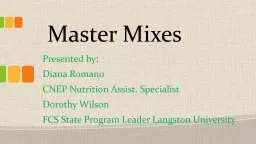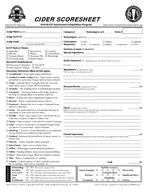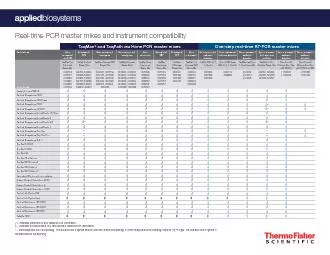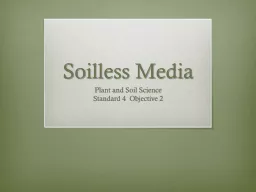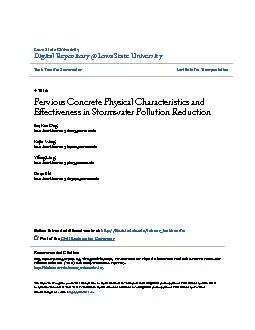PPT-Master Mixes
Author : pamella-moone | Published Date : 2017-12-23
Presented by Diana Romano CNEP Nutrition Assist Specialist Dorothy Wilson FCS Program Leader Langston University What is a Master Mix A combination of the dry
Presentation Embed Code
Download Presentation
Download Presentation The PPT/PDF document "Master Mixes" is the property of its rightful owner. Permission is granted to download and print the materials on this website for personal, non-commercial use only, and to display it on your personal computer provided you do not modify the materials and that you retain all copyright notices contained in the materials. By downloading content from our website, you accept the terms of this agreement.
Master Mixes: Transcript
Download Rules Of Document
"Master Mixes"The content belongs to its owner. You may download and print it for personal use, without modification, and keep all copyright notices. By downloading, you agree to these terms.
Related Documents

